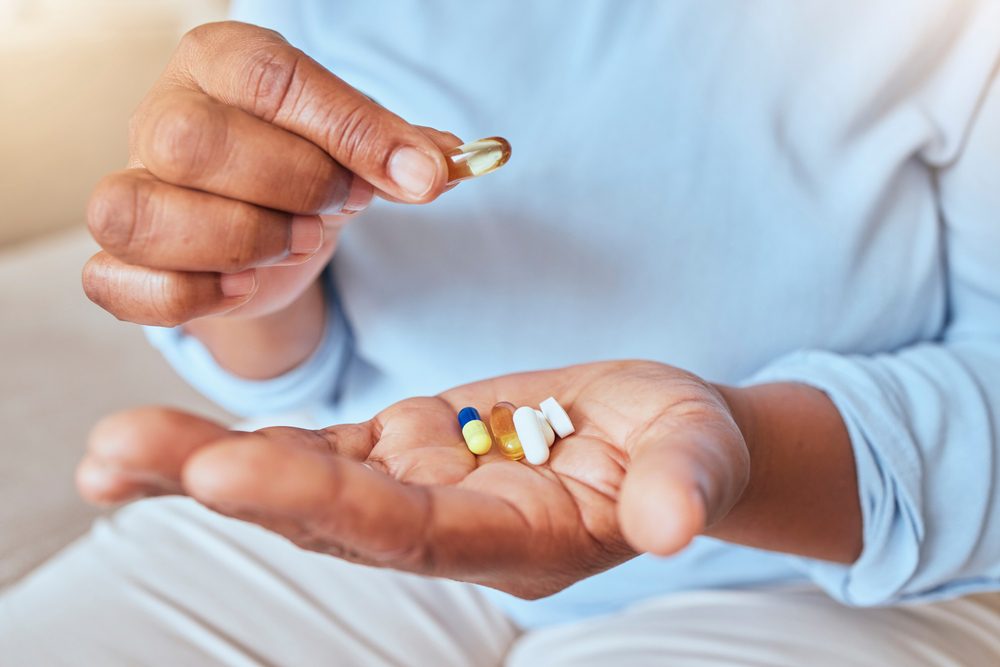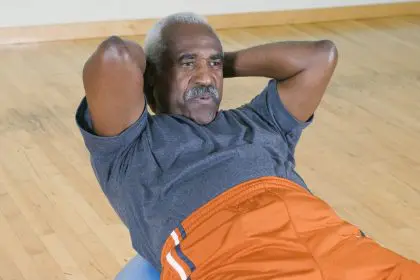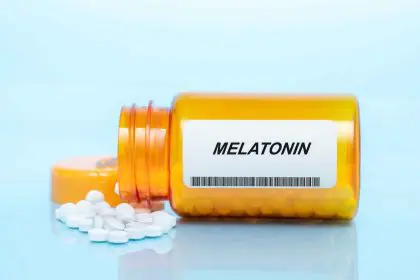Pain medicine addiction stands as a complex labyrinth, impacting lives across diverse spectra. It doesn’t discriminate; it affects individuals irrespective of age, background or occupation. What starts as a genuine quest for relief — be it through prescribed painkillers or over-the-counter remedies — can inadvertently transform into a harrowing battle against addiction.
This journey into dependency often commences innocuously, with legitimate prescriptions aimed at easing discomfort. Yet, this seemingly innocuous beginning belies the potential pitfalls that swiftly unfold. As tolerance builds and reliance takes root, the trajectory towards addiction becomes a formidable challenge, difficult to navigate and even more challenging to overcome.
Within this intricate web of pharmaceuticals lie multifaceted narratives, each unique yet interconnected by the struggle against pain medicine addiction. Understanding its nuanced pathways is crucial in unraveling the complexities and addressing the misconceptions that surround this pervasive issue.
The path begins: Exploring pain relief
At the genesis of pain medicine addiction lies the genuine need for pain relief. Often, individuals are prescribed powerful medications to manage acute or chronic pain resulting from injuries, surgeries or medical conditions. These medications — such as opioids or strong analgesics — provide effective relief, but they also possess a high potential for addiction.
The slippery slope: Tolerance and dependence
With continued use, the body can build a tolerance to these medications, requiring higher doses to achieve the same level of pain relief. Alongside tolerance, dependence can develop, wherein the body adapts to the presence of the drug and requires it to function normally. This reliance can inadvertently lead to a pattern of increased usage, creating a precarious cycle.
Psychological factors: Escaping pain, seeking euphoria
Beyond the physical aspects, psychological factors play a pivotal role. Some individuals may find that these medications not only alleviate physical pain but also provide a temporary escape from emotional distress or mental health conditions. The euphoric effects of certain pain medicines can lead to their misuse as a means of coping with stress, anxiety or depression.
Prescription misuse: Unintended consequences
One of the common misconceptions is that prescription medications are inherently safe due to their legality and medical endorsement. However, when used improperly — taking higher doses than prescribed, using someone else’s medication or combining them with other substances — the risk of addiction significantly increases. This misuse can propel individuals onto the path of dependency and addiction.
Social influence and accessibility
Another contributing factor is the accessibility and societal acceptance of these medications. In some cases, individuals may obtain pain medications from family or friends or through illegal means, inadvertently feeding their addiction. Furthermore, societal norms and perceptions may downplay the risks associated with these medications, further normalizing their misuse.
The harsh reality: Escalation and consequences
As the addiction intensifies, individuals may experience severe consequences. Physical health deteriorates, relationships strain and responsibilities falter as the pursuit of obtaining and using pain medicine takes precedence. The downward spiral often leads to isolation, financial strain and a diminished quality of life.
Breaking the cycle: Recovery and hope
Recovery from pain medicine addiction is undoubtedly challenging but not impossible. Seeking professional help — such as therapy, counseling or rehabilitation programs — is a crucial step. It involves addressing both the physical dependency and the underlying psychological factors contributing to the addiction. Support from family, friends and support groups can also play a pivotal role in the recovery journey.
The journey into pain medicine addiction can start innocuously, driven by the genuine need for pain relief, but it can quickly escalate into a debilitating dependency. Understanding the multifaceted factors contributing to addiction is imperative in addressing and preventing its onset. By raising awareness, providing education and fostering a supportive environment for recovery, individuals can reclaim control and embark on a path towards healing and wellness.
By incorporating these insights into discussions and educational materials, we can strive to mitigate the risks associated with pain medicine addiction, offering a beacon of hope for those who are affected and empowering them to seek the assistance they need to break free from its grasp.
This story was created using AI technology.
















